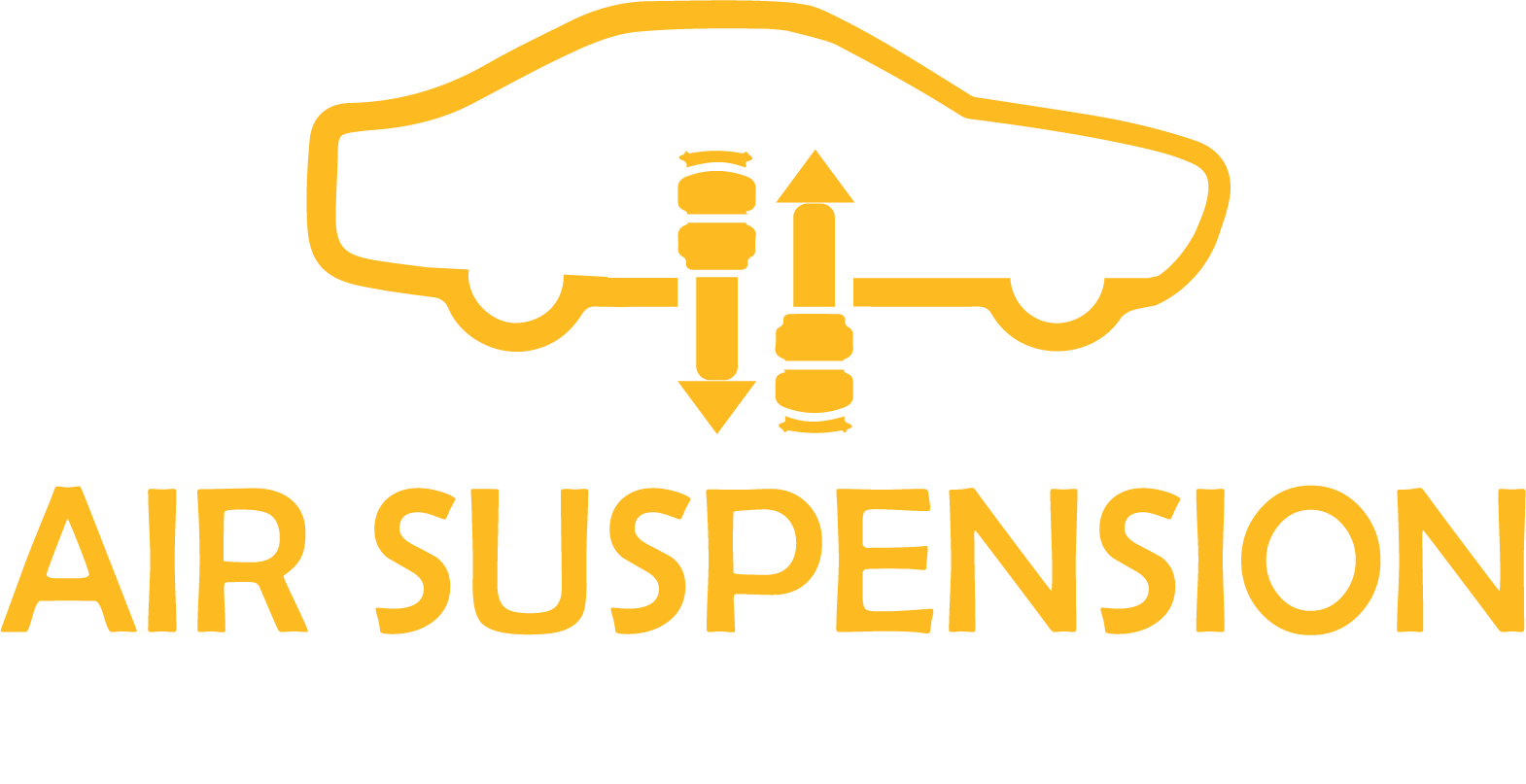Troubleshooting Air Suspension Problems (Dubai & UAE)
Common Warning Signs
Common signs include a sagging car, bumpy ride, dashboard error lights, or uneven height at rest.
This is usually due to a leaking airbag or worn valve block that cannot hold pressure.
A hissing noise typically points to an air leak in a strut or air line. Check connections and seals.
This could indicate low air pressure, compressor failure, or a sensor malfunction. A diagnostic scan is recommended.
Yes, bouncing usually signals collapsed airbags or faulty shocks unable to dampen road impact.
That typically means slow leaks in the rear air bags or aging seals that no longer hold pressure.
Yes. A loud or frequently running compressor may be overcompensating for a leak or weak air tank.
Definitely. Improper ride height affects wheel alignment, leading to premature and uneven tire wear.
This often points to a failed air strut, damaged height sensor, or imbalance in pressure distribution.
Individual air struts can fail independently. Check the specific strut, valve, and sensor for that corner.
Diagnostics & Scanning
Most garages use OBD-II scanners and pressure testing tools to read fault codes and check for leaks or sensor issues.
You can visually inspect struts, listen for leaks, or use soapy water on joints. But digital scans are more reliable.
OBD-II scanners with suspension support (like Autel or Launch), multimeters, and air pressure gauges are ideal.
Run diagnostics if warning lights appear or ride quality changes. In Dubai’s climate, checking every 6 months is wise.
Sometimes. Most systems require manual reset via diagnostic tools after replacing parts or clearing faults.
Mechanical issues like leaks or collapsed air springs may not trigger codes. A visual and pressure test is needed.
Yes. Low voltage can disrupt the compressor or ECU control signals, causing erratic system behavior.
Turn the ignition on. If the compressor doesn't run, check the fuse, relay, and power feed. Test output pressure if active.
VCDS for Audi/VW, ISTA for BMW, STAR for Mercedes are commonly used by UAE specialists.
No. Without air pressure generation, the vehicle will stay lowered and potentially unsafe to drive.
Repairs & Replacement
Lift the vehicle safely, depressurize the system, unbolt the strut, and install the new one. Calibration may be required after replacement.
Yes, but it's recommended to replace pairs to maintain balanced ride height and suspension performance.
Typically 1–2 hours per strut, depending on the car model and accessibility of the suspension components.
Yes, for safety and access. A professional garage with hydraulic lifts is ideal for accurate and safe suspension work.
High-quality aftermarket options are widely available and tested for UAE conditions. We can help match your car model with trusted brands.
It varies from AED 3,000 to AED 7,000 depending on the brand, model, and labor charges in Dubai or other Emirates.
Yes, if the compressor is functional. But check pressure output and condition before reuse, especially in high-heat UAE environments.
It depends. If the leak caused compressor strain or sensor failure, other parts may need inspection and service too.
Yes. Most parts have 6–12 months warranty if installed by certified technicians and used under normal driving conditions.
Absolutely. Many owners in UAE upgrade to heavy-duty or adjustable systems for better performance and durability.
Prevention & Tips
Inspect for leaks monthly, avoid rough off-road driving, and don’t overload the vehicle beyond its rated capacity.
Rubber-safe protectants can be used. Avoid grease or petroleum products, which degrade airbag materials.
Yes. Always depressurize the system to avoid injury and allow safe part removal.
For short distances on smooth roads, yes. But avoid high speeds or bumps, which can damage undercarriage parts.
Most systems allow height changes while driving under 30 km/h. Check your car manual to confirm limits.
Medium height is ideal for city roads. Use higher mode for ramps or speed bumps and lower mode for highways.
Yes. Accumulated sand or salt may cause corrosion or rubber degradation. Regular cleaning helps preserve the system.
Extreme heat and dust can accelerate wear. Choose components rated for desert conditions and maintain regularly.
Yes. It enhances comfort, especially on mixed terrain, and provides better handling and vehicle control in urban and off-road use.
Check tire pressure, height sensors, and suspension behavior regularly. Respond early to warning lights or uneven height.



